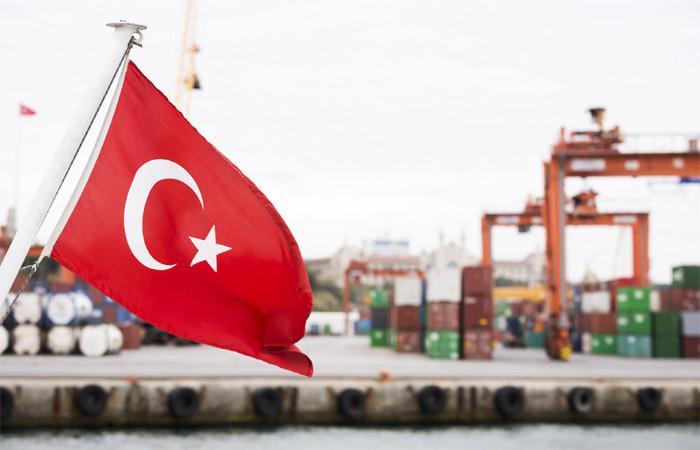
Since the foundation of the republic a century ago, Türkiye’s economy has been transformed from an agrarian to a modern and industrial one, becoming a regional powerhouse.
The per capita income was only $45 at current prices in 1923, rising to $65 in 1927 when the country’s population was 13.6 million.
The per capita income surpassed $100 in 1940, but it was only until 1975 when it rose to $1,155.
In 2022, when the country’s population surged to 85 million, the per capita income stood at $10,659. It was $12,582 in 2013.
The size of the economy at current prices was 964 million Turkish Liras, or $577 million, a century ago. Türkiye became a 15 trillion, $905 billion, economy last year.
It grew on average 7 percent between 1950-59, but the rate of expansion remained below 4 percent during the 1990s.
Since 2003, the Turkish economy recorded an annual average growth rate of 5.4 percent.
In its latest medium-term program, the government projects that the size of the country’s GDP will reach 41 trillion liras, or $1.1 trillion at current prices next year, and further grow to 63 trillion, $1.3 trillion, in 2026.
Exports: Engine of growth
Over the past decades, exports have become the engine of the Turkish economy. Back in 1923, when the republic was founded, the country’s exports stood at only $50.8 million, while imports were at $87 million.
For the first time in the country’s modern history, exports exceeded the $1 billion mark in 1973. They climbed to $10 billion in 1987 and reached $21 billion in 1995.
The $100 billion mark in export revenues was achieved in 2007, and last year, the country’s export revenues amounted to $235 billion.
From January to August this year, exports stood at almost $165 billion, with manufacturing goods accounting for 94.5 percent of exports.
Meanwhile, Türkiye has become a major exporter of arms.
The country’s defense industry has grown from 20 percent of domestic production to 80 percent, according to officials.
Turkish-made drones are used in several countries, including Ukraine, the United Arab Emirates, Poland and Azerbaijan.
Defense exports soared from $248 million in 2002 to a record $4.4 billion last year, with the number of defense projects carried out by the local industry rising from 62 to more than 850.
Tourism has also become an important source of hard currency for the Turkish economy over the past decades.
Only a little more than 1 million foreigners visited the country in 1974, with tourism revenues amounting to $194 million this year.
It was back in 2000, when for the first time, more than 10 million foreign holidaymakers arrived in the country. That year, Türkiye generated $10 billion in tourism revenues.
Last year, 44.6 million foreigners vacationed in the country, with tourism revenues standing at $46.5 billion.